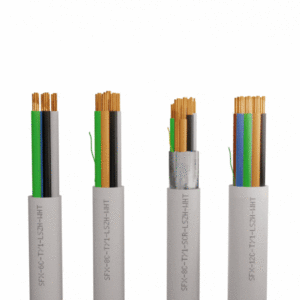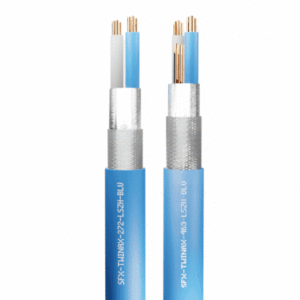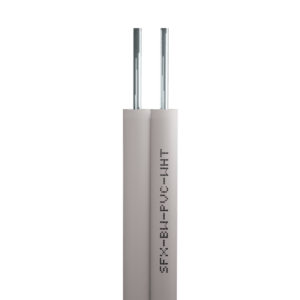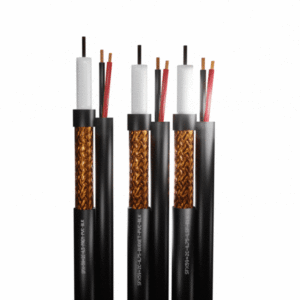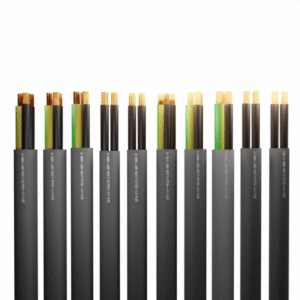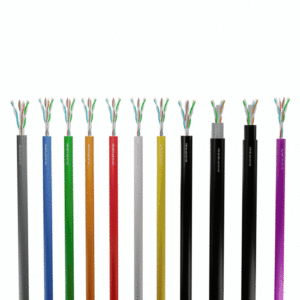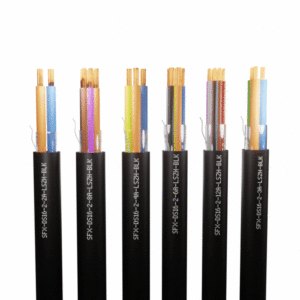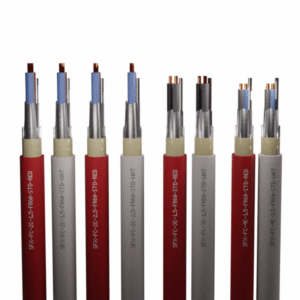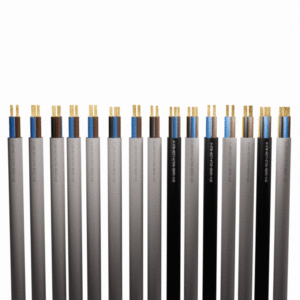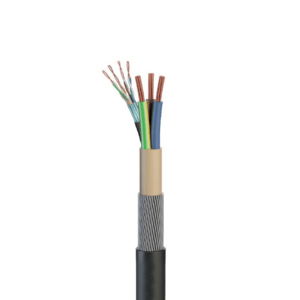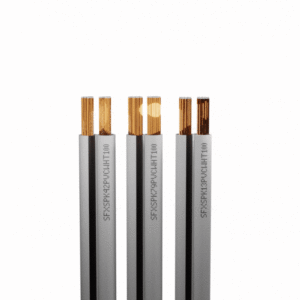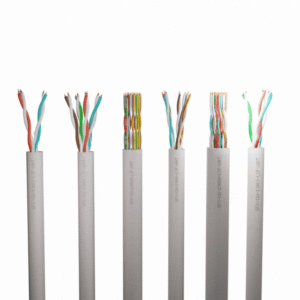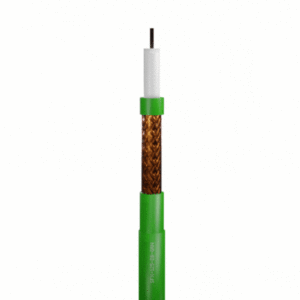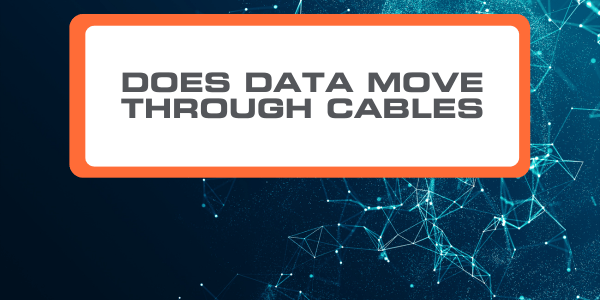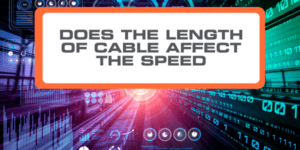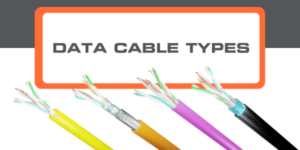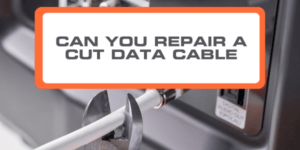Data transmission through cable follows the same principles as electricity transmission via a length of metal wire – data transmitted through a wire is turned into binary code – a series of 1s and 0s.
The data-transmission device will send current over the wire at two distinct voltages (for example, 0V and 5V), with one voltage representing 1s and the other 0. The device receiving the information will read the current as binary code, which it will then convert back to the data’s original format.
What Flows Through A Wire?
A current flows through the wire. That current essentially is flowing electrons. The electrons’ speed is determined by the voltage supplied. Current and voltage are indivisible, meaning they cannot be separated. Because there is a voltage on the wire and a conductive channel from that voltage to a lower value, current is flowing.
How Does A Fibre Optic Cable’s Data Move Through Cables?
Fibre optic cables operate in a similar way to other ethernet cables but rather than transmitting electrons down a wire, they send pulses of light. For instance, picture a torch switching on and off – when the light is on, transmitting data is 1, and when it is off, it is 0. Because light travels at a greater distance and speed than electrons, fibre optic connections can transfer significantly more data than copper wires. Find out more about the different types of data cables here.
Conclusion
Almost every business in today’s digitised world depends on data flowing via cables. Data centres, telecommunications, industrial automation, financial services, healthcare, and emergency services all rely on data transmission across cables, often over long distances.
This is often due to the fact that data travels faster and is more reliable over cables than it does over wireless connections – so in emergency services, where the speed with which data is delivered can literally save lives, a high-quality cable network is favoured over a wireless connection for data transfer.
For more information on our range of data and ethernet cables, explore the range today or get in touch with our expert team!

